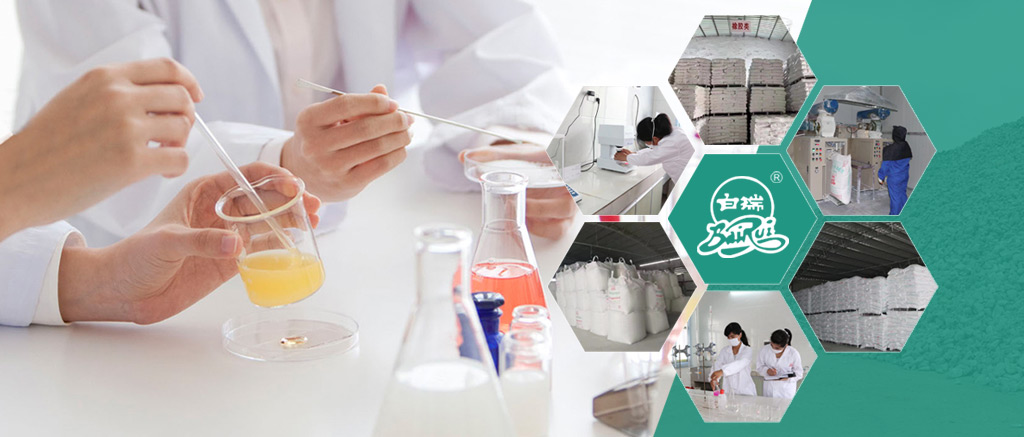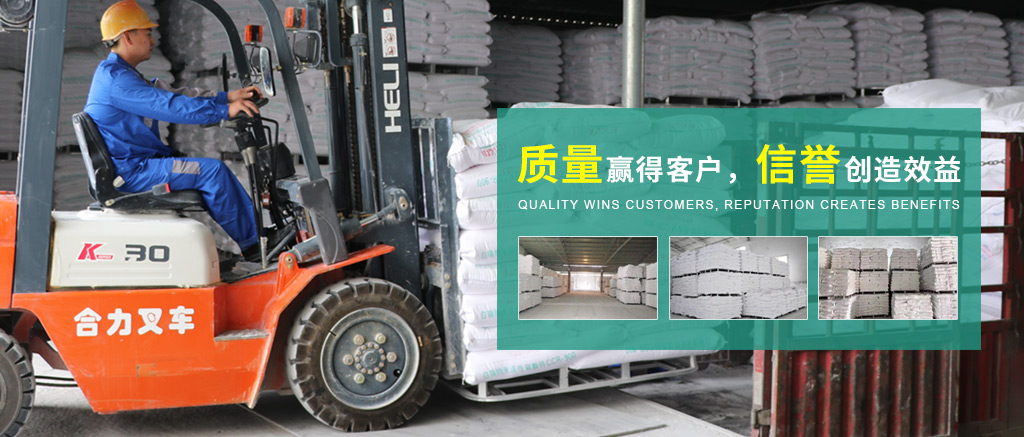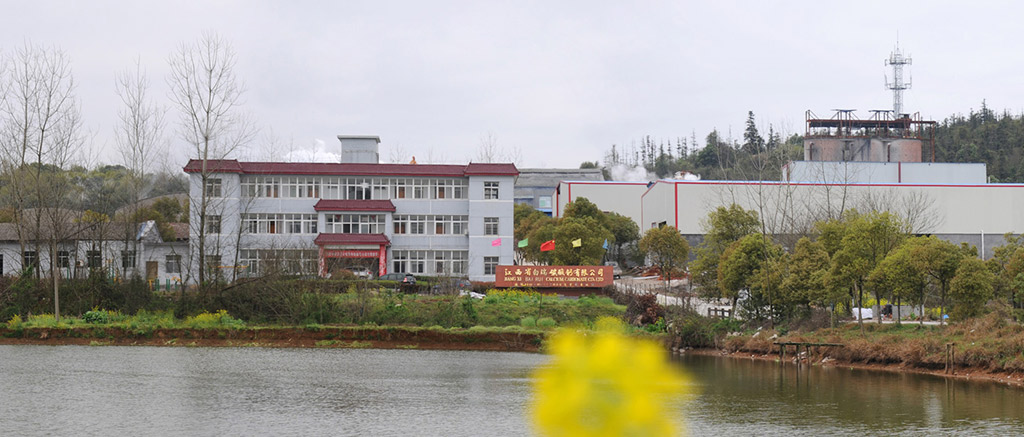What are the requirements of calcium carbonate for processing high-grade plastics
Time: 2018-07-24
In recent years, calcium carbonate is more and more widely used in the plastic filling industry because of its excellent characteristics and low price. The color of calcium carbonate itself is white compared with other inorganic mineral powder materials, and the stability is better and the plasticization is good. But to make high-grade plastics, there are certain requirements for calcium carbonate filling. The following small series to introduce the processing of high-grade plastics for calcium carbonate are what requirements!
First, good chemical stability
Calcium carbonate can not have harmful reactions with resins and various auxiliaries, that is, the organic treatment agent used for calcium carbonate in plastics and its surface can not participate in various chemical reactions. After calcination at high temperature, the chemical stability of calcium carbonate is very good, and it will not react chemically with various components in the plastic system, but the organic modifier on the surface may participate in the chemical reaction. For example, the surface modification of calcium carbonate by acidic substances such as stearic acid and its derivatives, due to the reaction of iron in calcium carbonate and stearic acid, it will affect the color of calcium powder, easy to yellow, which is particularly obvious in the high-temperature processing of plastics.
Second, good temperature resistance
Since plastic product molding processing is carried out in a high temperature environment (generally greater than 180 ° C), calcium carbonate should not decompose and discolor under the temperature conditions of heating molding. The thermal decomposition temperature of calcium carbonate is above 800 ° C, and the plastic processing temperature will not exceed 350 ° C, so calcium carbonate itself will not occur thermal decomposition.
However, traditional organic modifiers (such as stearic acid, titanate, silane coupling agent) are not resistant to high temperature, and are prone to yellowing and decomposition in high temperature environments, resulting in an increase in VOC, and many calcium carbonate manufacturers have encountered "yellowing" problems in practical applications. Therefore, the traditional organic modifiers are not suitable for the organic modification of calcium carbonate in high-grade plastic products.
Third, excellent processing
Processability mainly includes the following indicators: good dispersion, good hydrophobicity, low oil absorption.
1. Good dispersion
For filled plastics, the uniform dispersion of calcium carbonate particles in the plastic matrix is a necessary prerequisite, that is, calcium carbonate is dispersed in the form of a single particle like an island in the ocean of the matrix plastic in order to achieve the reinforcing effect. The smaller the particle size of the filler used, the better the mechanical properties of the filled plastic material when the same filling proportion is used. The dispersion of calcium carbonate is mainly affected by intermolecular force, polar adsorption, particle fineness and so on.
Calcium carbonate for plastic processing, the particle size of calcium carbonate is generally about 1 to 10 microns. This fine particle has a large specific surface area and Gibbs free energy, and is in a thermodynamically unstable state. When calcium carbonate is added to the resin system, due to the polar adsorption between adjacent particles and the action of van der Waals force, the particles have a tendency to approach each other and reduce the total specific surface area and surface free energy, which makes it difficult for calcium carbonate particles to transform from agglomerates to highly dispersed ones. For calcium carbonate without surface organic modification treatment, calcium carbonate is difficult to disperse when mixed with resin, even when kneading at high temperature and high speed, it is difficult to disperse evenly. In order to improve the dispersion uniformity and stability of calcium carbonate, it is necessary to eliminate or weaken its surface polarity and reduce its surface free energy.
2. Low oil absorption
The lower the oil absorption, the less resin or plasticizer is required to wet the same amount of calcium carbonate. For most plastic products, such as soft polyvinyl chloride, artificial leather, cable material, etc., plasticizers need to be used to help plasticize the mixture of resin systems, and the higher the oil absorption value of calcium carbonate, the easier it is to adsorb the plasticizer to the filler, so that it loses the role of plasticizer resin. In order to make the resin system mixture reach a certain softness, it is necessary to increase the amount of plasticizer, resulting in an increase in cost. By modifying the surface of calcium carbonate and coating the surface of calcium carbonate particles, the oil absorption value can be greatly reduced.
3. Good hydrophobic
Calcium carbonate is a very moisture absorbing substance, once the storage process or processing of moisture absorption, there will be the following problems:
(1) caking calcium carbonate and poor fluidity of dry powder are easy to block the sieve hole, resulting in difficulty in addition;
(2) When plastic products are formed at high temperature, due to the precipitation of water vapor by heat, the products appear "bulge" or "hole" and other defects, which seriously affect the appearance and physical strength of plastic products.
4. Small migration
Because there is a large temperature change in the molding process of plastic products, room temperature (raw materials) a high temperature (processing process) a room temperature (cooling molding). Calcium carbonate must ensure that no migration occurs, otherwise it will cause uneven color or loss of light on the surface of plastic products. The migration of calcium carbonate is mainly due to its poor wetting compatibility with the resin, and the movement speed of the resin and calcium carbonate is inconsistent when the temperature is reduced and the plastic products are contracted.
To reduce migration, it is necessary to improve the compatibility of calcium carbonate and resin. According to the similarity compatibility principle, the organic modifier on the surface of calcium carbonate should preferably have the same or similar functional group as the applied resin. For the most commonly used polyolefin plastics, organic modifiers containing long-chain alkanes will be more suitable.







 Home
Home  News
News


